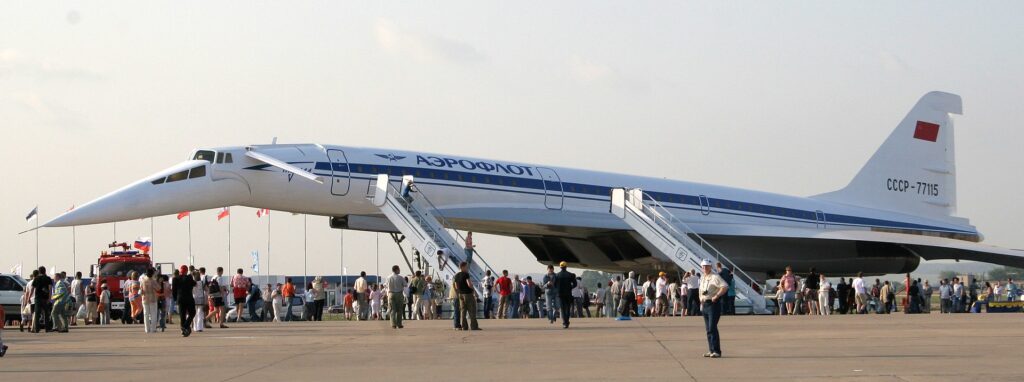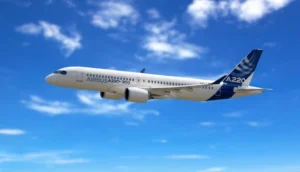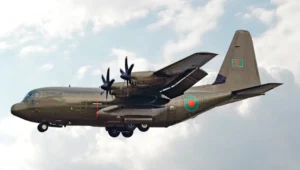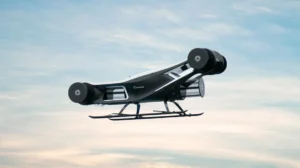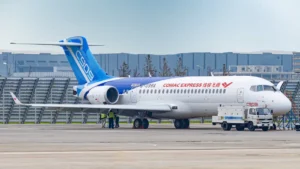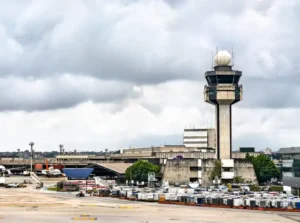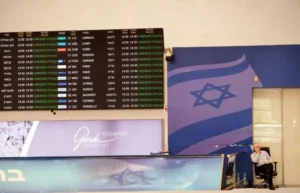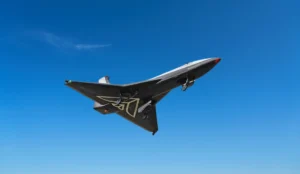Story of “Tu-144”, The Russian Supersonic
The Tupolev Tu-144, known as the “Russian Concorde,” was a symbol of Soviet ambition and innovation. This supersonic transport aircraft made history as the first passenger airliner to break the sound barrier. Despite its brief commercial life, the Tu-144 remains a fascinating chapter in aviation history, showcasing the heights humanity can reach when daring to dream and innovate.
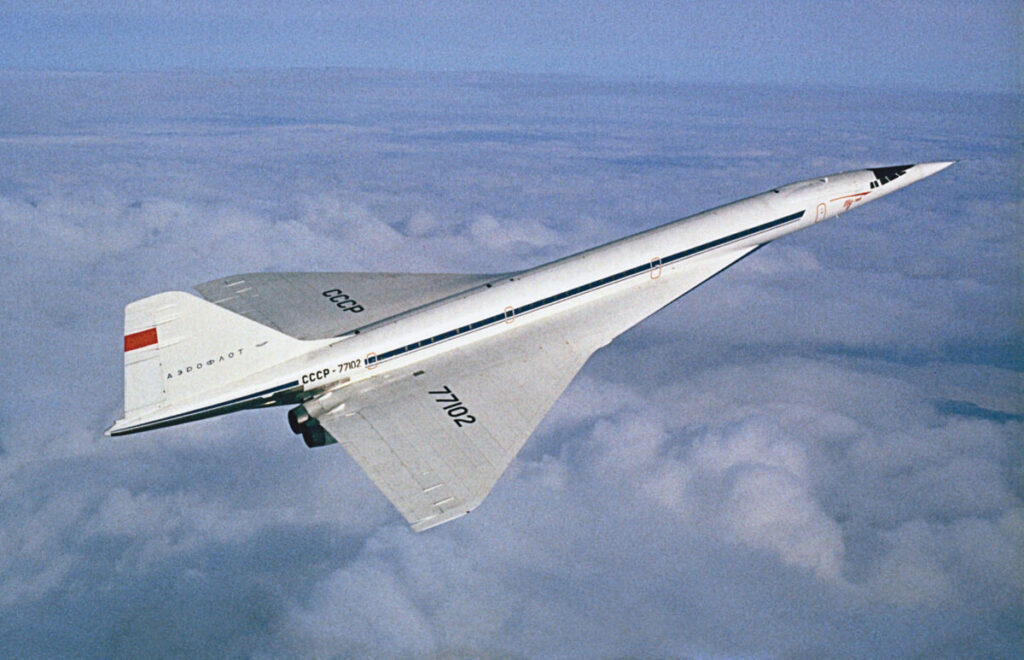
Image Source: history.net
Sometimes, a piece of history captures the imagination and reminds us of the heights humanity can reach. The Tupolev Tu-144, affectionately known as the “Russian Concorde,” is one such story. This supersonic transport aircraft (SST) wasn’t just a marvel of engineering; it was a symbol of the Soviet Union’s ambition and innovation during the Cold War.
The Dream Takes Flight
The Tu-144’s journey began on July 16, 1963, when the Soviet government set its sights on developing a supersonic airliner that could rival the Concorde. Leading this ambitious project was Alexei Tupolev, the son of the legendary aircraft designer Andrei Tupolev. By December 31, 1968, the first prototype of the Tu-144 took to the skies near Moscow, making a significant mark in aviation history as it became the first passenger airliner to break the sound barrier on June 5, 1969.

Innovative Design
The Tu-144 and the Concorde shared some striking similarities: both had sleek, elongated fuselages and distinctive droop-nose designs. Yet, the Tu-144 had its unique features. Its four engines were mounted under the fuselage, providing greater stability, and its landing gear retracted into the wings, allowing for more passenger space. However, these innovations came with challenges. The Tu-144’s engines and some design elements were less advanced than those of the Concorde, leading to higher operational costs and complexity.
A Brief But Bright Commercial Life
The transition from prototype to commercial service was swift for the Tu-144. Serial production began in 1972, and on November 1, 1977, it embarked on its first passenger flight from Moscow to Alma-Ata. Sadly, this service was short-lived. By June 1978, after just 55 flights and transporting 3,284 passengers, the Tu-144’s commercial career came to an end.
Despite its brief commercial life, the Tu-144 continued to play a significant role. A modified version, the Tu-144D, set 13 world aviation records in July 1983. Later, in the 1990s, a heavily modified Tu-144LL was used by NASA for high-speed flight research, contributing valuable data for future supersonic aircraft development.
Comparing Legends
The Tu-144 and the Concorde aimed to revolutionize air travel, but their paths were different. The Concorde primarily flew over the Atlantic, reducing the impact of sonic booms, while the Tu-144 was designed for overland routes, presenting more challenges. Nonetheless, the Tu-144 achieved impressive aerodynamic performance, showcasing the ingenuity of Soviet engineering.
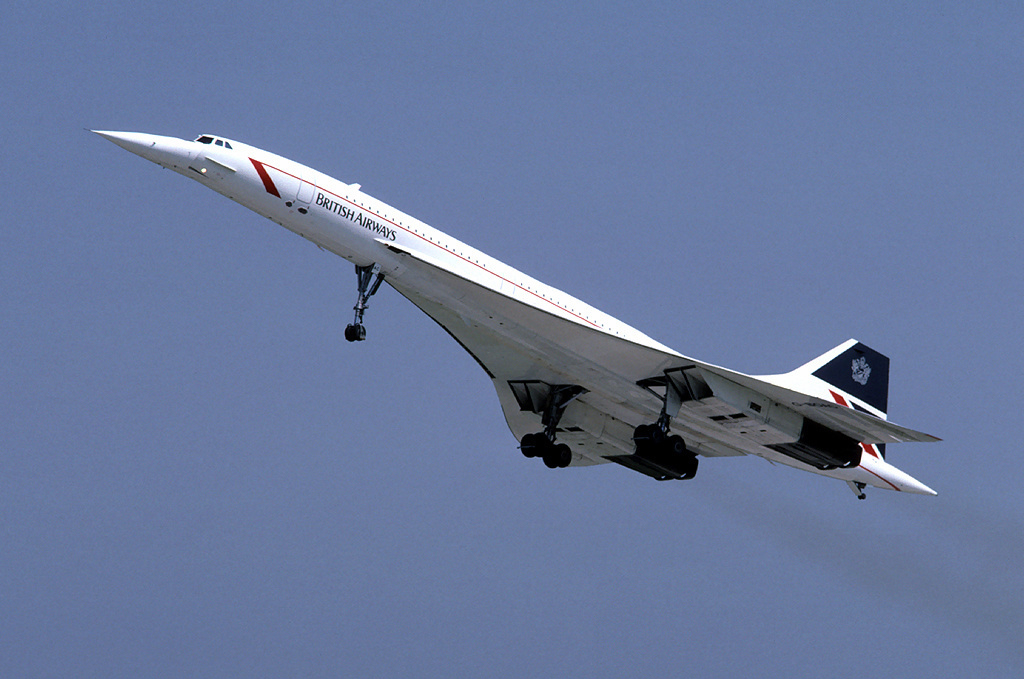
Enduring Legacy
Today, the Tu-144 stands as a symbol of Soviet innovation and ambition. Several aircraft are preserved in museums, reminding us of a bold era of aerospace exploration. While it didn’t match the commercial success of the Concorde, the Tu-144’s story is a captivating chapter in aviation history.
The Tu-144 was more than just an aircraft; it was a symbol of Soviet ambition and ingenuity, pushing the boundaries of what was possible in the skies. It reminds us that even in the face of challenges, humanity’s drive to innovate and explore can lead to remarkable achievements.
So, the next time you think about the marvels of aviation, remember the Tu-144. It’s a reminder of the heights we can reach when we dare to dream and push beyond the limits of the possible.
